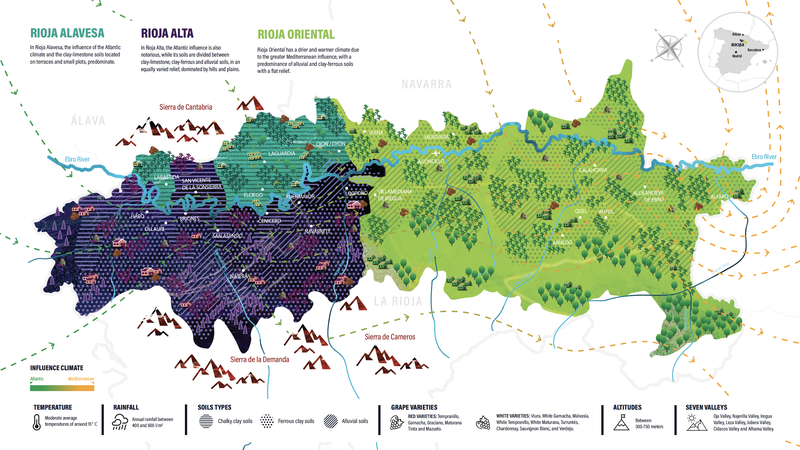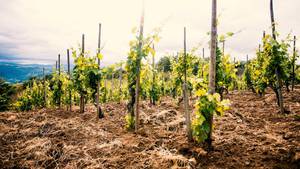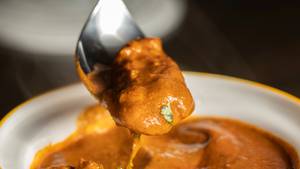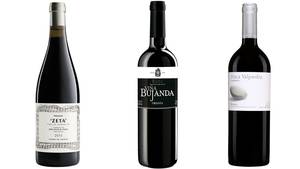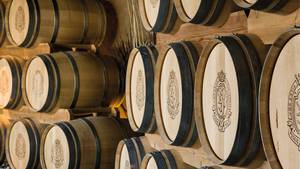Rioja is used to being one step ahead of the Spanish wine curve, so to speak. Long before Miguel Torres and others led the broader modern Spanish wine movement in the 1970s, Rioja welcomed a new age of winemaking a century earlier, when Bordelais and other French winemakers crossed the Pyrenees supporting a new vision for Rioja wine. In 1925, it was the first region in Spain to receive a Designation of Origin, and in 1991 it rose to the level of DOCa (Calificada), only since joined by Priorat.
More recently Rioja DOCa has once again made a step forward with the introduction of the Viñedo Singulares designation, as created in 2017. The new designation introduces a new vision of terroir, and delineation that goes one step beyond the three classic sub-regions of Rioja (Rioja Alavesa, Rioja Alta, and Rioja Orientale). Now producers, can identify their wines not only to a zone or municipality but at its highest level as Viñedo Singulares, reserved for individual vineyard sites.
It's a bold step for a wine region known the world over for the strength of its age-based hierarchal classifications including Generico/Joven, Crianza, Reserva and Gran Reserva. CAPS asked Kler-Yann Bouteiller, a noted Quebec-based sommelier, educator and wine writer about a recent trip to Rioja, where he could experience the evolution first hand.
In order to qualify for use of the Viñedo Singulares designation the wines must:
- Be made from 100 per cent grapes grown within the designated vineyard
- Grapes must be hand harvested
- Vinified, aged and bottled at the winery that has applied for the designation
- From a vineyard in sole possession of, and management of, a single winery for a period of no less than 10 years.
- Pass a sensory evaluation conducted by the regulatory board of the Rioja DOCa.
While a single vineyard designation is not a guarantee of higher quality, Bouteiller says “the quality of the wines did distinguish themselves. I tasted some beautiful single vineyard wines on my trip.” The current trend toward delineation does not yet mean Rioja has adapted an exclusively site specific model but Bouteiller adds “there are not crus yet but it (Rioja) is going towards a Burgundian approach. In fact, I’ll be releasing a report soon titled the “Burgundianization of Rioja.’ It will be the evolution at some point in time, but in Europe everything, of course, takes time. While some producers aren’t permitted yet to use the Viñedo Singulares designation yet, they allude to it via codes, or acronyms on their packaging suggesting the individual vineyard where the grapes originate from.” Evidence, in itself, the concept of single site is top of mind amongst Rioja producers.
Acceptance of Viñedo Singulares may not be the true question at hand. The bigger question may be the dichotomy in Rioja, with those that seek to producing using a more terroir-specific model and those that will continue to embrace the classic age-based hierarchical way of classifying wines. Bouteiller says “the discussions between me and my colleagues on our trip were very much centred around the idea of “taste of place” but it is a very real question about what is terroir in Rioja? Will the single vineyard movement and the classical approach merge? I don’t think they can merge, but I do think they can co-exist.”
Bouteiller suggests the market strength of brand Rioja and its aged-based classifications have a lot of well-earned equity in the export markets, as such don’t expect them to go away. Bouteiller suggests “we might slowly see traditional producers use Crianza less and less and focus more on Reserva and Gran Reserva, somewhat akin to Chianti Classico with the use of Reserva and Gran Selezione.”
While terroir, delineation and site specificity may have taken on philosophical discussions, Bouteiller had the privilege to taste it first hand, noting the fine terroir, and surprising coolness of vineyards in Rioja Alavesa, and refreshing styles emerging in Rioja Orientale, particularly amongst a new breed of Rioja winemakers seeking to make fresher, modern wines, from biodynamic vineyards, and using more natural winemaking practices, as well as some carbonic maceration. The end result being a more drinkable style. While the classic producers are in Rioja Alta, Boutillier says “the cool kids (perhaps with a climatic pun intended) are in the higher elevation areas of Orientale.”
He continues “we tasted great single vineyard wines, but we also witnessed evolution not only in terms of terroir, but stylistic edits. While there is a lot of talk about ancient, forgotten varietals, and certainly some interesting wines from grapes such as Maturna Blanca, the reality is Tempranillo and Garnacha are still the dominant varietals. The exciting thing is the new styles being made with them.”
Kler-Yann's 5 Rioja Wine Discoveries
Bodegas Altun, Rioja La Cicatera 2020
Victor Ausejo, Rioja Parcela 33, Garnacha Blanca 2021
Ortega Ezquerro, Rioja Garnacha 2020
Finca Vistahermosa, Rioja Cuesta De La Estrella 2020
Vinos en Voz Baja, Rioja Costumbres Tinto 2021
CAPS thanks Rioja for its support. The opinions expressed in the article are those of CAPS and Kler-Yann Bouteiller.

